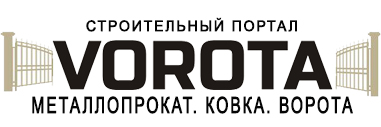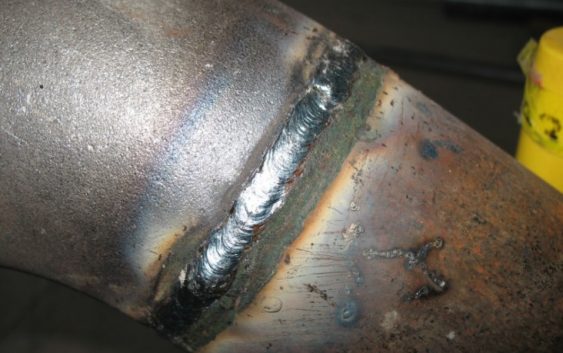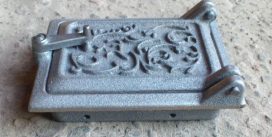When installing piping and steel is often a large number of welds. The quality of welded joints have a significant impact on the operation of the entire system.
Most often, connection defects occur due to:
poor quality pipes themselves;
welding technological errors;
low qualification of a welder.
Types of welded joints
The appearance of defects, in turn, leads to a decrease in the strength of the entire structure, deterioration of the appearance of pipes, as well as loss of durability. Flaws can be located both inside the pipes, and outside. To bring them out, specialists use appropriate equipment and specific diagnostic methods. It is not necessary to break the seams to check the pipes for cracks.. For these purposes, methods of so-called non-destructive testing are used..
The following main types of defects are distinguished, welded seams:
Influx
Formed due to, that molten metal flows into colder sections of the pipe, which are located near the seam. The sag can be of different appearance, eg, drops or large formations. The most common causes of sagging are considered to be too high welding current or improper electrode movement.. Besides, the error may lie in the incorrectly selected angle of inclination of the pipes. Except the influx, such phenomena can also be observed, as the presence of cracks and uneven welding.
Undercuts
Sometimes grooves form in the near-weld areas, which are called undercuts. Because of them, such negative consequences can arise., how much stress, capable of provoking the formation of cracks and destruction of the seam. Besides, in some cases, there may be a decrease in the section of the weld.
Burns
Are holes, through which liquid metal flows. The most common causes of this defect are low welding speed., too much amperage or too large a gap between pipes.
Cracks
Usually they are divided into ordinary cracks and microcracks.. Usually, the reason for their appearance is non-compliance with welding technology or a high content of various impurities. It should be noted, that cracks are very dangerous. They can be located transversely or longitudinally anywhere in the seam.
Foreign inclusions
Foreign inclusions can cause serious defects, especially slag residues, which can accelerate the appearance of rust.
Gas pores
This is an internal defect, which can be located as separate foci, and whole groups. Due to the pores, the strength of the entire system decreases and there is a risk of depressurization.



